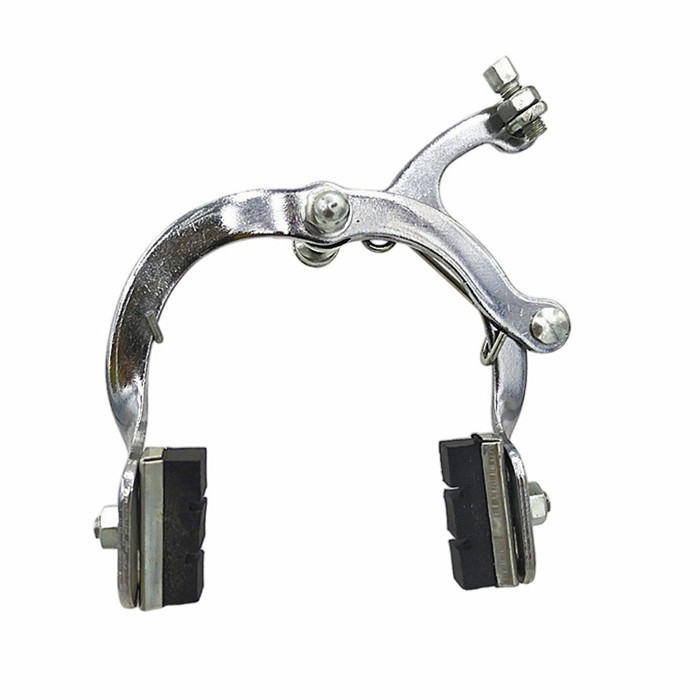How to choose disc brakes for bicycles?
Product description
Bicycle disc brakes are a critical component for cyclists seeking both performance and safety. Offering enhanced stopping power, durability, and control, these brakes have become the preferred choice for modern bicycles from casual commuters to competitive racers. In this article, we’ll explore the features, benefits, and various applications of bicycle disc brakes, providing a comprehensive understanding of why they are an essential upgrade for many cyclists.
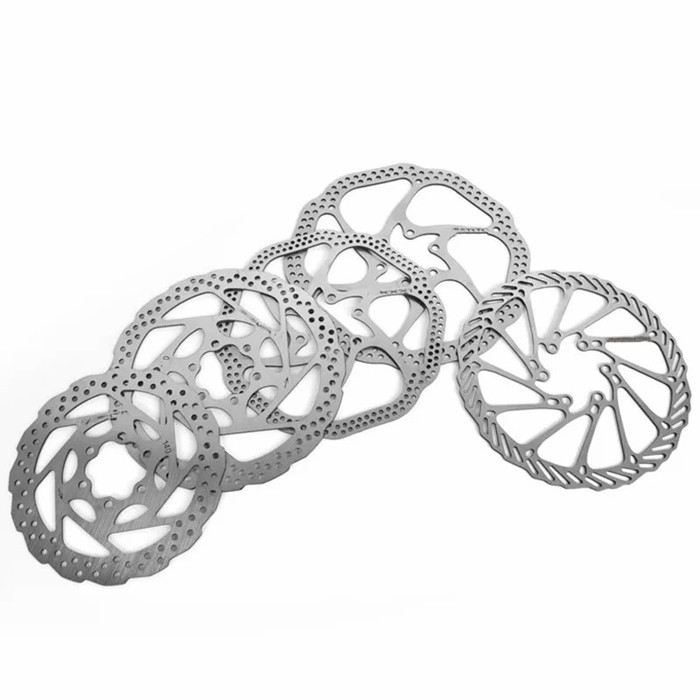
A bicycle disc brake system consists of several key parts: a brake rotor (the disc), a caliper, and brake pads. The brake rotor is attached to the wheel hub, while the caliper houses the brake pads, which squeeze against the rotor when the brake lever is engaged. This creates friction which slows down or stops the wheel from turning, ultimately bringing the bike to a halt.
Unlike traditional rim brakes, which apply pressure to the rim of the wheel, disc brakes offer superior braking performance by working directly on a separate and dedicated rotor. This design minimizes the chances of brake fade caused by rim heat build-up and ensures consistent braking power in varying conditions.
Key Features of Bicycle Disc Brakes
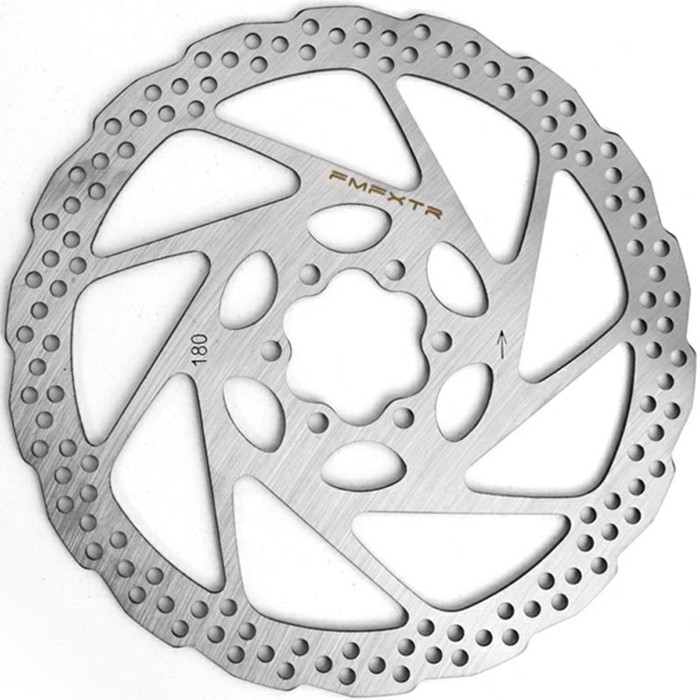
Improved Stopping Power: One of the primary advantages of disc brakes is their enhanced stopping power particularly in wet or muddy conditions. The braking force is applied directly to the rotor, which is less affected by environmental factors like rain or dirt, ensuring optimal performance no matter the weather.
Heat Management: Disc brakes are better equipped to handle the heat generated during braking. Unlike rim brakes which can overheat and lose efficiency after prolonged use, disc brakes maintain their stopping power for longer periods especially during downhill riding or in demanding terrain.
Durability and Longevity: The components of disc brakes, including the rotor and caliper, are generally more durable than rim brake parts. The system is designed to withstand harsher conditions, making it a more reliable choice for long-term use.
All-Weather Performance: Whether you're cycling in the rain, mud, or on dry and dusty roads, disc brakes are highly effective across a wide range of conditions. The enclosed nature of the system prevents the accumulation of dirt and debris that could otherwise compromise braking performance.
Less Rim Wear: Unlike rim brakes that gradually wear down the wheel’s rim, disc brakes do not cause any damage to the wheel itself. This preserves the integrity of the wheels over time, especially valuable for high-performance bicycles or expensive wheelsets.
Types of Bicycle Disc Brakes
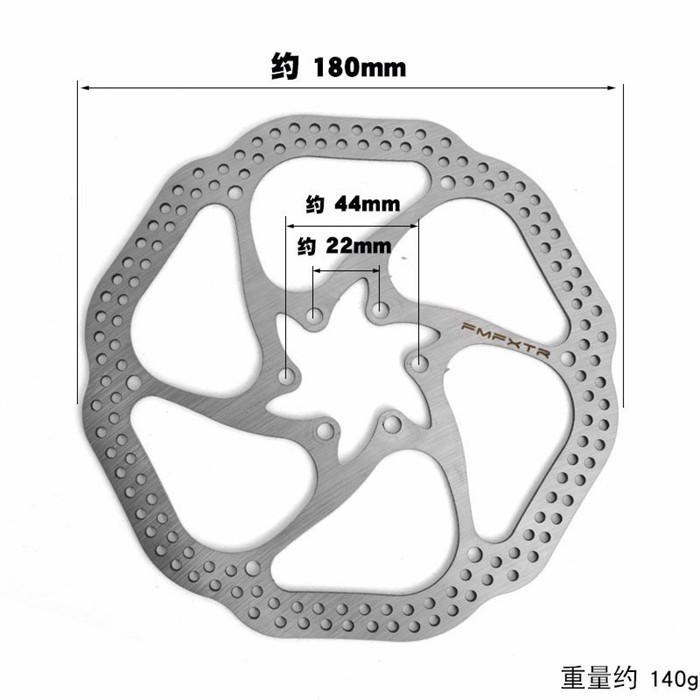
There are two main types of bicycle disc brakes: mechanical and hydraulic.
Mechanical Disc Brakes: These brakes use a cable to engage the brake pads. They are often less expensive and easier to maintain, making them a popular choice for recreational cyclists and budget-friendly bikes.
Hydraulic Disc Brakes: Hydraulic disc brakes use fluid to transfer the force from the brake lever to the caliper. This type of brake offers superior braking power with less effort at the lever and is commonly found on higher-end bikes particularly in mountain biking and competitive racing.
Applications of Bicycle Disc Brakes
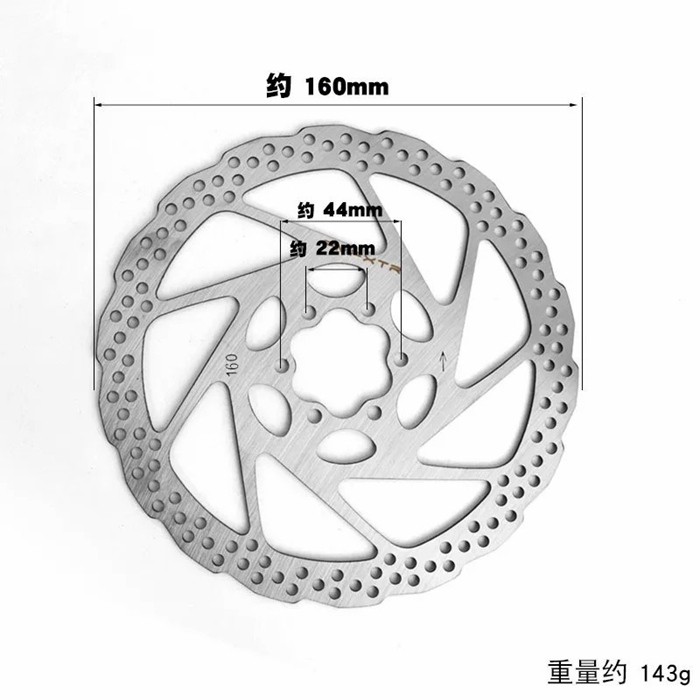
Bicycle disc brakes are widely used across various cycling disciplines due to their reliability and versatility. Here are some of the common applications:
Mountain Biking: Disc brakes are a must-have for mountain bikers, as they provide the stopping power needed to tackle steep descents, rough terrain, and unpredictable conditions like rain and mud.
Road Cycling: While traditionally more common on mountain bikes, disc brakes are now increasingly being used on road bikes as well. They offer better control especially during wet weather conditions, and are more reliable during long and steep descents.
Commuting and Touring: Disc brakes are also an excellent choice for commuters and long-distance cyclists. The all-weather capabilities ensure safety in varying environmental conditions, and the reduced wear on wheels is particularly beneficial for cyclists who rely on their bikes for daily use or extended trips.
Why Choose Bicycle Disc Brakes?
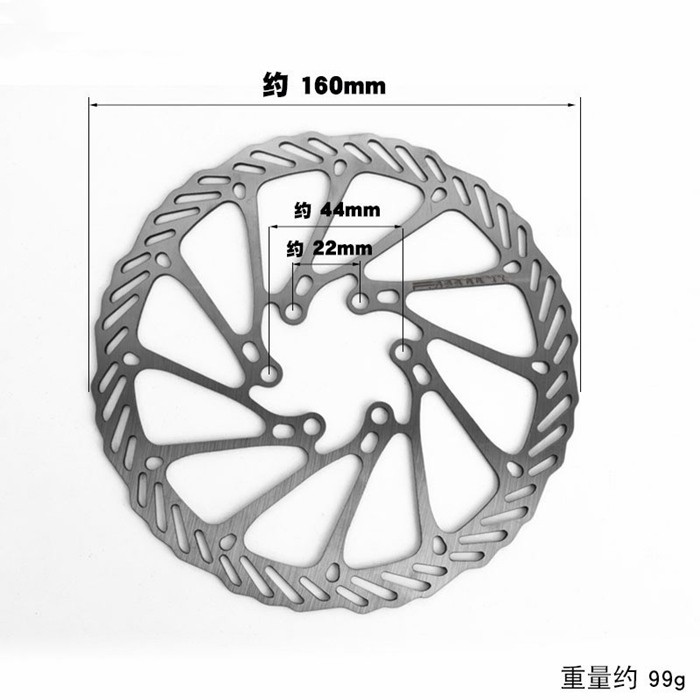
Bicycle disc brakes offer cyclists unmatched braking efficiency, safety, and durability. Whether you’re navigating urban streets, taking on rugged mountain trails, or embarking on long-distance tours, disc brakes provide peace of mind by ensuring a reliable and responsive stopping experience. Their performance in all weather conditions, combined with their ability to preserve wheel integrity, makes them an essential feature for any serious cyclist.
In conclusion, investing in a quality bicycle disc brake system can significantly enhance your cycling experience. With the right disc brake setup, cyclists can enjoy superior control, greater safety, and consistent performance across a variety of terrains and weather conditions.
Recommended products
